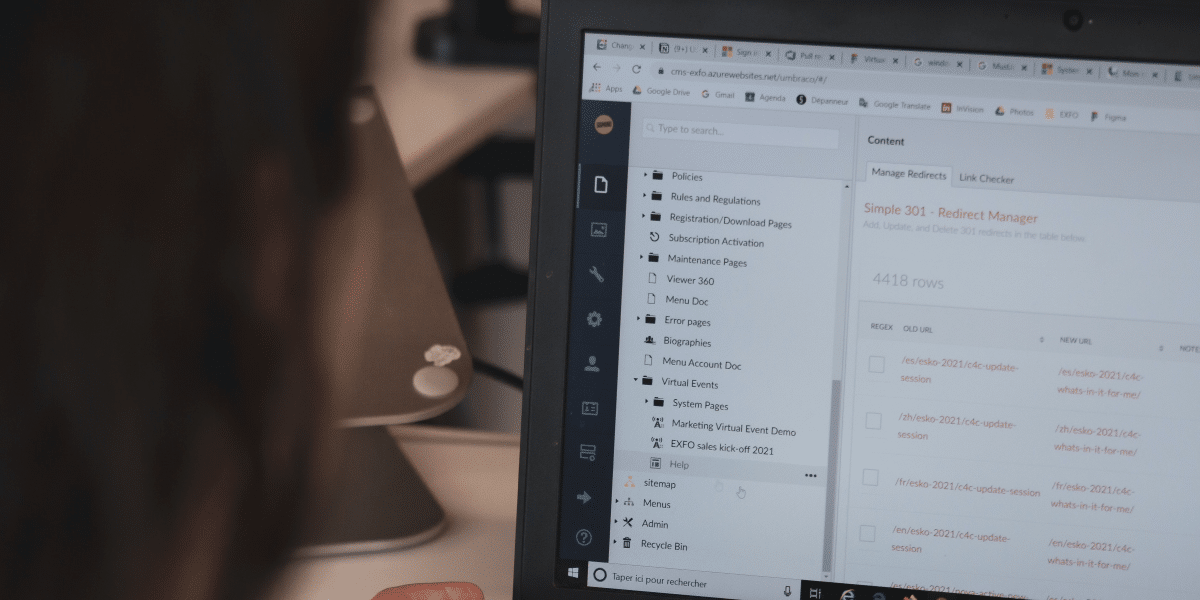Productivity software is any application or tool that assists users in performing jobs more efficiently and productively. Word processors, spreadsheets, email clients, calendars, project management applications, and collaboration platforms are all examples of productivity software.
What is Productivity Software
Productivity software may have a substantial influence on individual, team, and organizational performance and outcomes. According to a McKinsey research, productivity software may boost knowledge employees’ productivity by up to 25%. Communication, teamwork, creativity, innovation, and customer happiness may all be improved with productivity software. Many of these programs are already bundled as office suites such as Microsoft Office 365 or Google Workspace.
Challenges and Risks
However, transitioning to new productivity software is not always easy or smooth. It can involve various challenges and risks, such as:
• Resistance to change: Some users may be hesitant or unwilling to embrace new productivity software, particularly if they are satisfied with their present tools or methods. They may see the change as needless, disruptive, or dangerous.
• Learning curve: Users of new productivity software may need to master new skills, features, functionalities, or workflows. This can take time and effort, and it may have an immediate impact on the users’ productivity and performance.
• Compatibility issues: New productivity software may not be compatible with the users’ or the organization’s existing systems, devices, or data formats. This might result in technological issues, malfunctions, or data loss.
• Cost and resources: Users or organizations may incur more expenditures and resources as a result of new productivity software. Licensing costs, hardware updates, training programs, technical support, and maintenance are examples of these.
Best Practices
As a result, it is critical to thoroughly plan and implement the shift to new productivity software. This will make the move seamless and hassle-free. Here are some recommended practices and ideas to ensure a smooth transition:
• Assess your needs and goals: You should establish your objectives and goals for the change before selecting new productivity software. What are the issues or gaps that you hope to address or remedy with the new software? What are the expected advantages or results of the change? How will you assess the change’s success?
• Research and compare options: After you’ve identified your objectives and goals, you should look into and evaluate several possibilities for new productivity software. Consider features, functionalities, usability, dependability, security, scalability, compatibility, pricing, and support. You should also check for reviews, ratings, testimonials, or case studies from other software users or organizations.
• Involve and engage stakeholders: The involvement and engagement of stakeholders is one of the most important aspects of a successful transition to new productivity software. Stakeholders are those who are affected by or interested in the change. Users, managers, consumers, suppliers, partners, and regulators may be among them. You should inform stakeholders about the change’s causes, advantages, expectations, and timetable. You should also seek their input, recommendations, concerns, or questions regarding the change. You should handle any difficulties or objections that may develop among stakeholders.
• Provide training and support: Another critical component in a successful transition to new productivity software is the availability of user training and support. Users must learn how to successfully and efficiently utilize the new program. You should give users with a variety of training and support options. Manuals, guidelines, films, webinars, seminars, mentors, coaches, and help desks are examples of such resources. You should also track and assess users’ progress and performance throughout and after the changeover.
The transition to new productivity software may be difficult at first, especially if you are already comfortable with what you have been using looking for a familiar interface and lifetime products such as Trulyoffice.com. However, it can definitely be a rewarding process. By adhering to these best practices and guidelines, you can make the move easier and reap the advantages of increased productivity and performance.
















